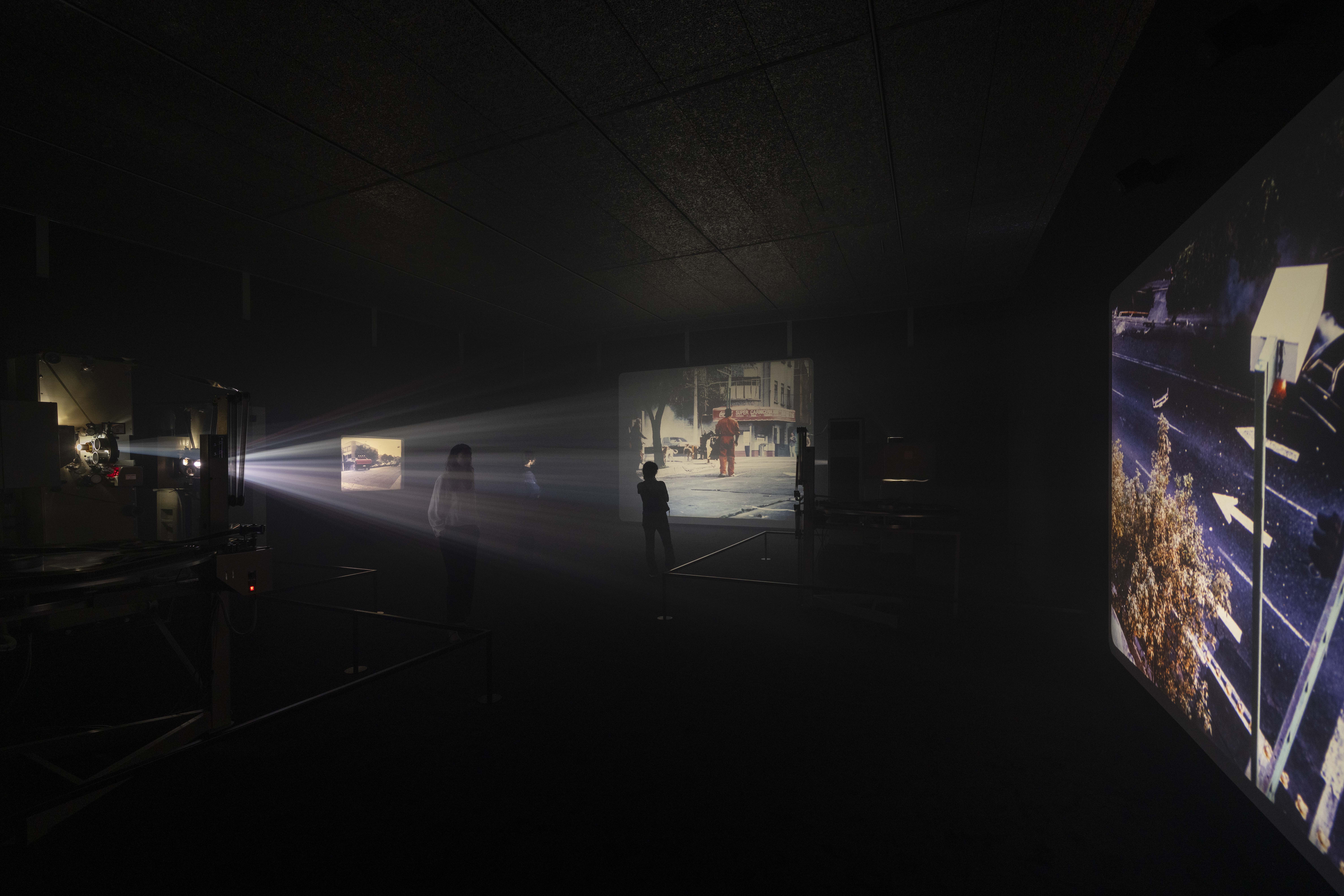Jim Hodges’ It only takes a minute is a calculated study on the sensory intersection of memory and materiality. Installed across Stephen Friedman Gallery's spaces, Hodges' new body of work positions the object's poetics – its capacity to embody intimacy and distance of presence and bear the traces of experienced life.
At the heart of the show is Craig’s Closet, a sculptural work performed in painted bronze and white marble. In shifting the intimate, fleeting collection of garments, letters and forgotten keepsakes—into the permanence and endurability of painted bronze and white marble, Hodges entombs memory. The closet becomes a reliquary, a cache for the mundane material self. This act of transforming the fleeting into the monumental feels entwined with historical works like Veiled Christ (1753) by Giuseppe Sanmartino, where the Sanmartino uses marble to both preserve and veil the body of Christ. The marble’scold weight contrasts with the softness of the translucent veil, creating a striking tension between permanence and fragility. Similarly, Hodges’ use of marble invokes this duality, underscoring not only the fragility of the objects themselves but also the mortality of the lives that once imbued them with meaning. In Hodges’ hands, material becomes evidence of a cold tenderness and abandonment. Much like Sanmartino’s veiled figure, which captures the delicate boundary between life and death, Craig’s Closet memorialises the personal, mundane moments of life by elevating them to the status of relics.

This tension between time's decay and material durability pervades the exhibition, Hodges deploys surface and weight – polished marble capturing fractured light, painted bronze snagging fleeting shadows – as methods of attuning the viewer to the temporality of being. The every day is an ephemeral field of inscription, where traces aggregate, wear down, and then re-emerge as gestures in the direction of something shared: the meandering of personal history.
Yet the work resists nostalgic sentiment. Hodges does not merely commemorate but rather invites us into a projective engagement with the volatility of memory. In a low-lit room, a salvaged refurbished Louisiana bayou-area garage acts as both stage and vessel – a cavernous repository within which the tone of the exhibition turns ethereal. There, sensoriality present in rust and oil, worn wood takes up the same materials' discussion space as bronze and marble. This spectral collection, equal parts archive and ghost, implies the lingering trace of bodies and stories that can never be fully erased, never quite spoken, a code for how memory carves itself into material things – how that which is gone returns in fragments, lodged within texture, weight, and scent.

%201.jpeg)

Hodges' paintings, enforce these themes in their material and emotional presence, functioning as mirror surfaces – though as light dances over splintered marble and mirrored glass, but in the way that they invite the viewer into an interiorised dialogue with their own memories, losses, and desires. This reflective quality is not confined to the individual works but to the spatial and temporal relationships between them; to stroll through the exhibition is to stroll through memories refracted softly through the artist's gestures. The materiality of objects – the cold smoothness of marble, the roughness of aged wood, the subtle sheen of oil on canvas - activates a sensory memory in the audience, blurring lines between past and present, self and other. Through this fine balance of surface and sensation, Hodges transforms the gallery into a space of muted reckoning, in which to look is, by necessity, to remember.
Jim Hodges was born in 1957 in Spokane, Washington, USA. He now lives and works in New York, USA.
Lore Alender is a writer and publicist based in London.




